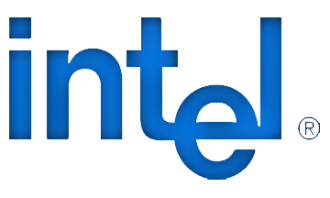 Cloudy outfit Core has been named UK Partner of the Year by One Identity at its recent UNITE Conference.
Cloudy outfit Core has been named UK Partner of the Year by One Identity at its recent UNITE Conference.
This award recognises the success of Core’s cloud-hosted Identity as a Service platform Aurora, which uses One Identity software. Aurora is used by large-scale organisations including government bodies, and Core currently manages around 26,000 identities through the platform.
This is set to increase by 19,000 -to 45,000 identities- in May 2018. The volume of users and this significant increase is another reason why Core has been awarded UK Partner of the Year. Core’s Head of Infrastructure and Cloud Technologies, Tim Eichmann, was at the event in Nice to accept the award on Core’s behalf.
Core’s CEO, Conor Callanan, said of the win: “Core is delighted to have been awarded One Identity UK Partner of the Year. It’s great to receive the recognition for the innovative ways we are taking One Identity solutions to market, helping customers to simply and effectively manage identity and security. We look forward to building on this partnership in 2018.”
Andrew Clarke, Director of EMEA Strategic Alliances and Channel Partnerships at One Identity, was also thrilled to see Core scoop the award. “I am very pleased to see Core win the UK Partner Award at the 2018 One Identity UNITE Conference in Nice. Core has continued to demonstrate great ideas, deep knowledge and continual innovation that culminates in excellent customer care. As an early adopter of One Identity’s Starling platform, they have not only embraced the technology but shared their ideas and feedback with our product management team, so the solution can better address their customer needs.”
Core and One Identity have enjoyed a “thriving” working partnership, with Core’s Managed Services customers benefiting greatly from One Identity’s Active Roles product. This latest award comes after Core was recognised as Access Management Cloud Service Provider of the Year by One Identity in 2016.








